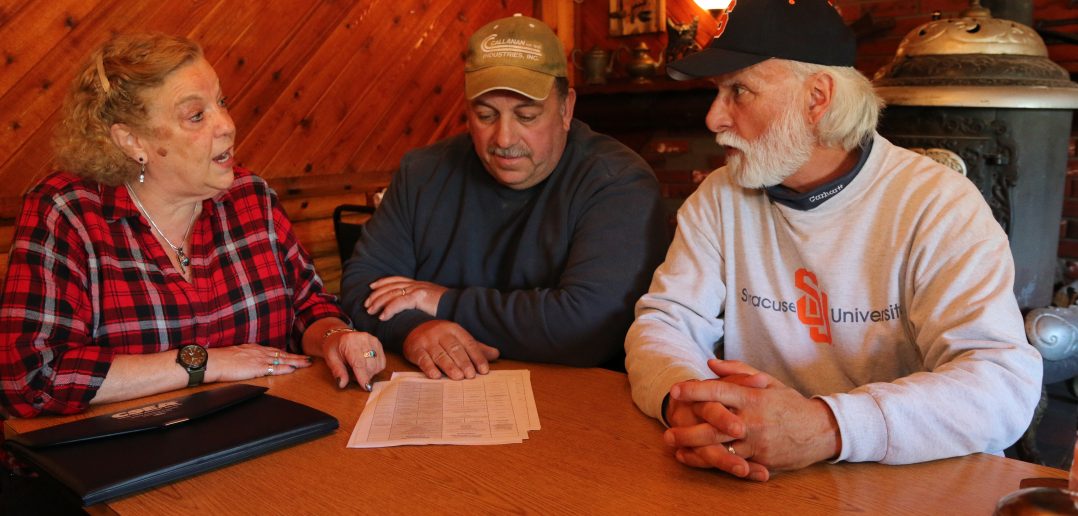Strong labor-management results in health care ‘holiday’
WAMPSVILLE – How did most Madison County workers go from paying soaring health insurance premium contributions to having to pay nothing toward their premiums for 20 weeks?
Union intervention and perseverance, with a good dose of cooperation from county management thrown in, that’s how.
It took hard work over three years, but it turned out to be worth it for CSEA members participating in the county’s self-insured plan.
Seeking a solution together
It all started when CSEA Madison County leaders wanted to find solutions to skyrocketing health premium costs for workers. At worst, members on a family plan were paying about $700 per month toward their health and dental plan premiums.
“It was unsustainable. Workers with family coverage were seeing their take-home pay decreasing,” said CSEA White Collar Unit President Betty Jo Johnson.
Through the county’s Health Insurance Task Force, CSEA Madison County leaders, with help from our union’s Health Benefits Department, worked with county officials to design a customized new health plan, shifting from a costly indemnity plan to a more affordable preferred provider organization (PPO) plan.
They reviewed how county workers were using their health insurance, and made changes to lower costs, including increasing use of mail-order prescriptions. They also agreed to add a high-deductible plan option, and to have incoming managers and members of the Board of Supervisors contribute toward their health coverage.
Returning value to workers and taxpayers
Needing a clear baseline to determine if the new PPO plan was saving money as planned, CSEA representatives aggressively pursued an accounting of the county’s health plan reserves, and an audit to determine how much was required to be in there.
The result showed that the health plan had roughly $2.7 million in reserves, but required only about $1.4 million to keep it appropriately funded.
Our union pushed for a fiscally responsible solution that would return the excess money to county workers and taxpayers.
The result? An immediate 10 percent reduction in premium contributions for covered workers, and, more recently, a health insurance premium contribution “vacation” for 10 pay periods for covered workers, a savings of roughly $2,000 to $3,000, dependent on coverage levels, equating to about a 6 to 10 percent wage increase for most workers.
“I’m very grateful that someone was looking at where our money was and went to the effort to find us a new plan which led to this cost savings,” said Office Assistant Jennifer Houle, who works at the county Department of Social Services’ Support Collections Unit’s Accounting Division.
Houle had paid the largest possible contribution amount toward family coverage that covered herself, her husband and two children. “Everyone thought the premium holiday was awesome,” she said.
And the savings wasn’t limited to employees. Taxpayers, who ultimately pay the majority of worker health care costs, also realized a five pay-period holiday from having to contribute towards premiums, and retired county workers under age 65 also got a five-month grace period from payments.
Lyle Chafee, a heavy equipment operator at the county’s Highway Department, said he was overjoyed to learn about the premium contribution “holiday.”
“I feel ecstatic!” he said. “When do you have this happen where you get extra money in your paycheck? It’s a huge benefit to employees who have health care through the county.”
“We saved money all the way around, and it’s really just a testament to all the hard work we all put in,” said Madison County Blue Collar Unit President Jeffrey Colburn, a motor equipment operator at the county Highway Department. “It shows that the health insurance plan we designed is doing just what we intended it to do,”
As workers, taxpayers and retirees enjoy this unexpected “holiday,” work continues to keep lowering the plan’s cost.
Claims have dropped significantly and our union plans to work through the Health Insurance Task Force to request a premium reduction for the following year.




